
5 Types of Garlic with High To.xin Levels That Could Cost You Your Health
Expert Warning: 5 Types of Garlic with High To.xin Levels That Could Cost You Your Health
Garlic is an indispensable ingredient in every kitchen. Beyond enhancing the flavor of dishes, garlic is also regarded as a natural remedy for preventing and treating colds. Because it is relatively easy to store, many households keep garlic in large quantities.
5 Types of Garlic You Should Never Buy
When buying garlic, shoppers should remember the “5 don’ts” to avoid low-quality garlic that could harm their health.
1. Peeled or separated garlic
When purchasing garlic, there are usually two options: whole garlic bulbs or cloves that have been separated for convenience. Some vendors even sell pre-peeled garlic.
However, the garlic skin acts as a protective layer. Once removed, the shelf life shortens due to air exposure. Since you don’t know how long the seller has kept the peeled cloves, their freshness is questionable. It’s best to avoid buying them.
2. Garlic with dark spots
Good garlic should have smooth, clean skin. If you notice dark brown or black spots, the cloves inside are likely moldy. Consuming them is harmful.
Moldy garlic contains aflatoxin, a toxin 68 times more poisonous than arsenic, which significantly increases the risk of liver cancer if consumed over time. Even if you cut away the moldy parts, the fungus may have already penetrated deep inside the clove.
Additionally, if a bulb feels soft when pressed, it means the cloves are hollow or rotten — another type you should avoid.
3. Sprouted garlic
When garlic sprouts, the stored nutrients are used up, leaving the cloves shriveled, soft, and bland. Allicin levels — garlic’s key active compound — drop by more than 50%.
Sprouted garlic is also more prone to mold. If not stored properly, it may produce aflatoxin, a dangerous carcinogen.
4. Garlic that feels too light
Garlic quality can be judged by weight. Fresh, firm garlic feels heavy and solid in the hand.
If garlic feels unusually light, it likely means it has lost much of its moisture from long-term storage. Such garlic lacks crispness and flavor. For best results, choose garlic that feels dense and firm when held.
5. Garlic with an unusual odor
Garlic normally has a sharp, pungent smell. If it smells sour or rancid, avoid it immediately — this indicates spoilage and possible contamination with pathogens like E. coli or Salmonella.
A simple test: break a clove and sniff. If you detect any strange odor, discard it.
Tips for Choosing Good Garlic
Look at the shape: Pick round bulbs with intact outer skins. Avoid those with gaps or deformities. The cloves should be plump, evenly distributed, and tightly connected.
Check the color: Both purple and white garlic are nutritious, but they differ in flavor.
-
White garlic: Juicier, milder, crisp texture — good for eating raw or pickling.
-
Purple garlic: Fewer cloves, less water, but stronger aroma and spicier flavor. It’s richer in nutrients and slightly more expensive.
Examine the stem end: The stem is where new sprouts form. If the bulb has already sprouted, don’t buy it.
Do the squeeze test: Good garlic feels heavy, solid, and dry. If the cloves feel soft or sunken, the bulb is deteriorating inside.
Final Note
Garlic is a healthy spice recommended in daily diets, but that doesn’t mean “the more, the better.” The World Health Organization suggests that healthy adults consume 2–3 cloves per day for health benefits. However, this depends on each person’s condition. Those with acute or chronic gastritis, the elderly, or people with weak health should reduce garlic intake — and avoid eating raw garlic altogether.
News in the same category


Puffy eyes when waking up: 6 causes and remedies

Be careful with the phenomenon of waking up with blurred vision
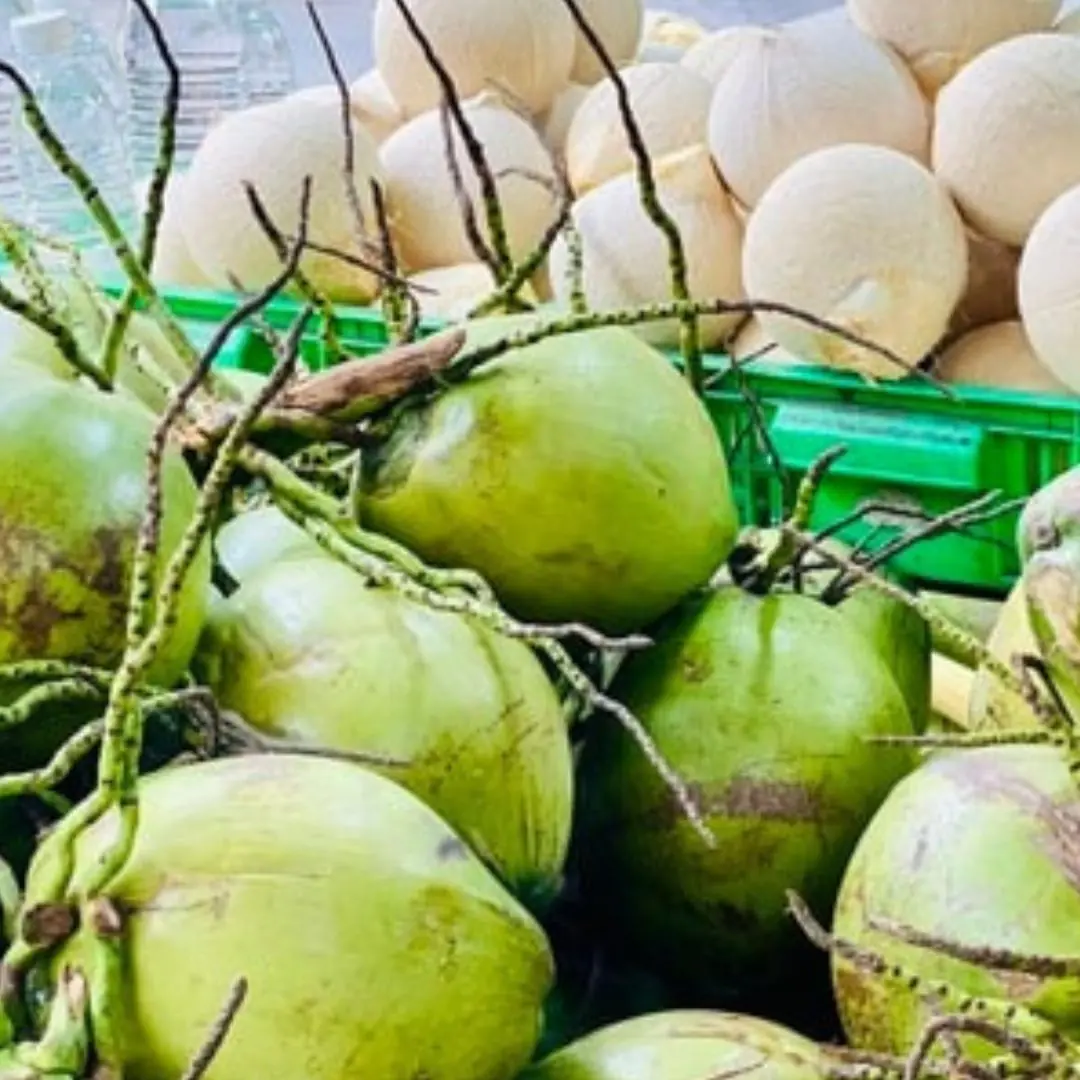
6 Nighttime Drinks That Can Ruin Your Sleep — Especially the Third One, Which Most People Drink Before Bed Without Realizing Its Hidden Dangers
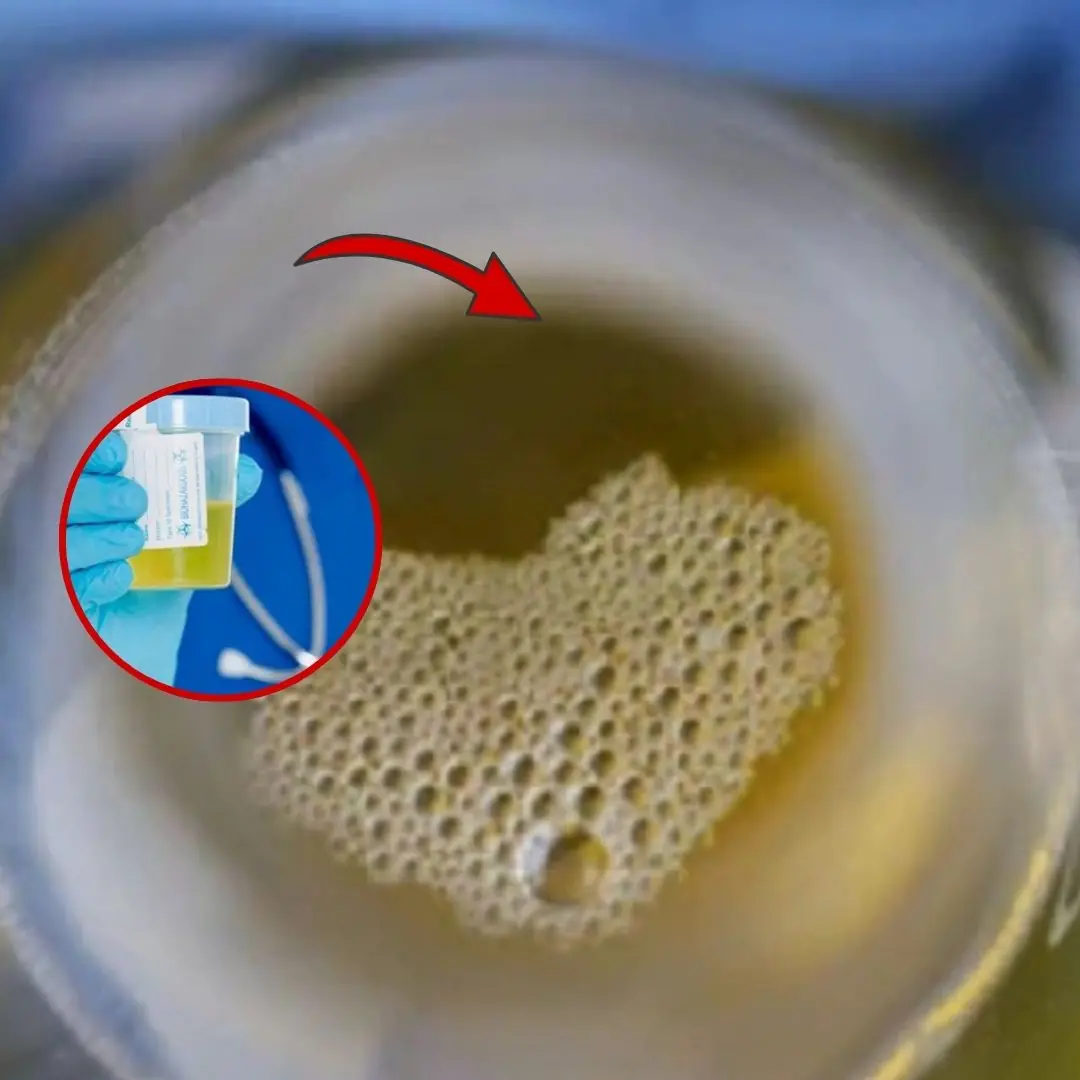
Men and women who see these 3 signs in their urine need to see a doctor for kidney failure immediately

A Woman’s Kid.ney Turned to “Stone” and Had to Be Completely Removed
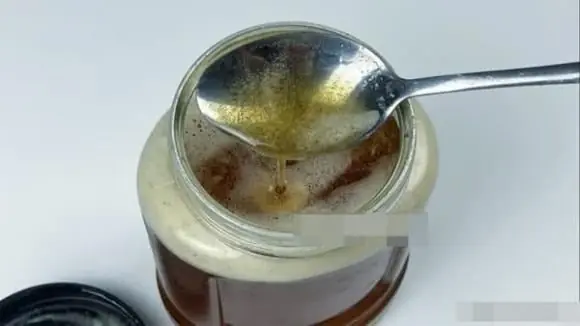
7 Types of Foods That Don’t Spoil Easily
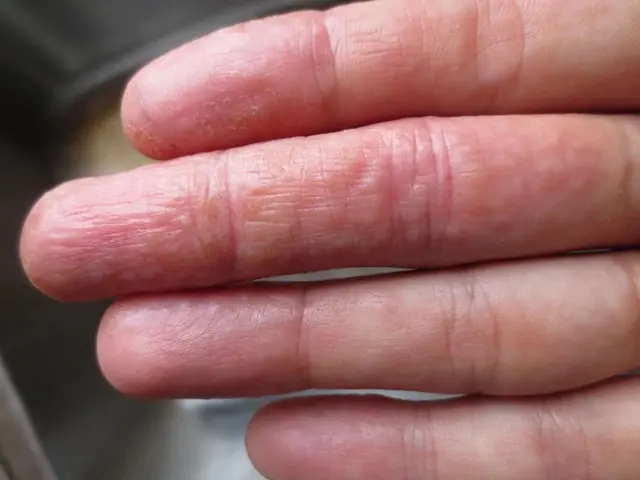
4 Finger Signs That May Signal Li.ver and Lu.ng Can.cer

Japan Reveals the Top 5 Foods to Eat Every Day

A bitter taste in your mouth every morning? Don’t take it lightly — it may signal an underlying illness

Sudden headache while sweeping the floor, 48-year-old woman went to the doctor and discovered a ruptured brain aneurysm

56-year-old man contracts food poisoning from a favorite dish of many Vietnamese people

Bulging Arm and Hand Veins: Causes and Treatments
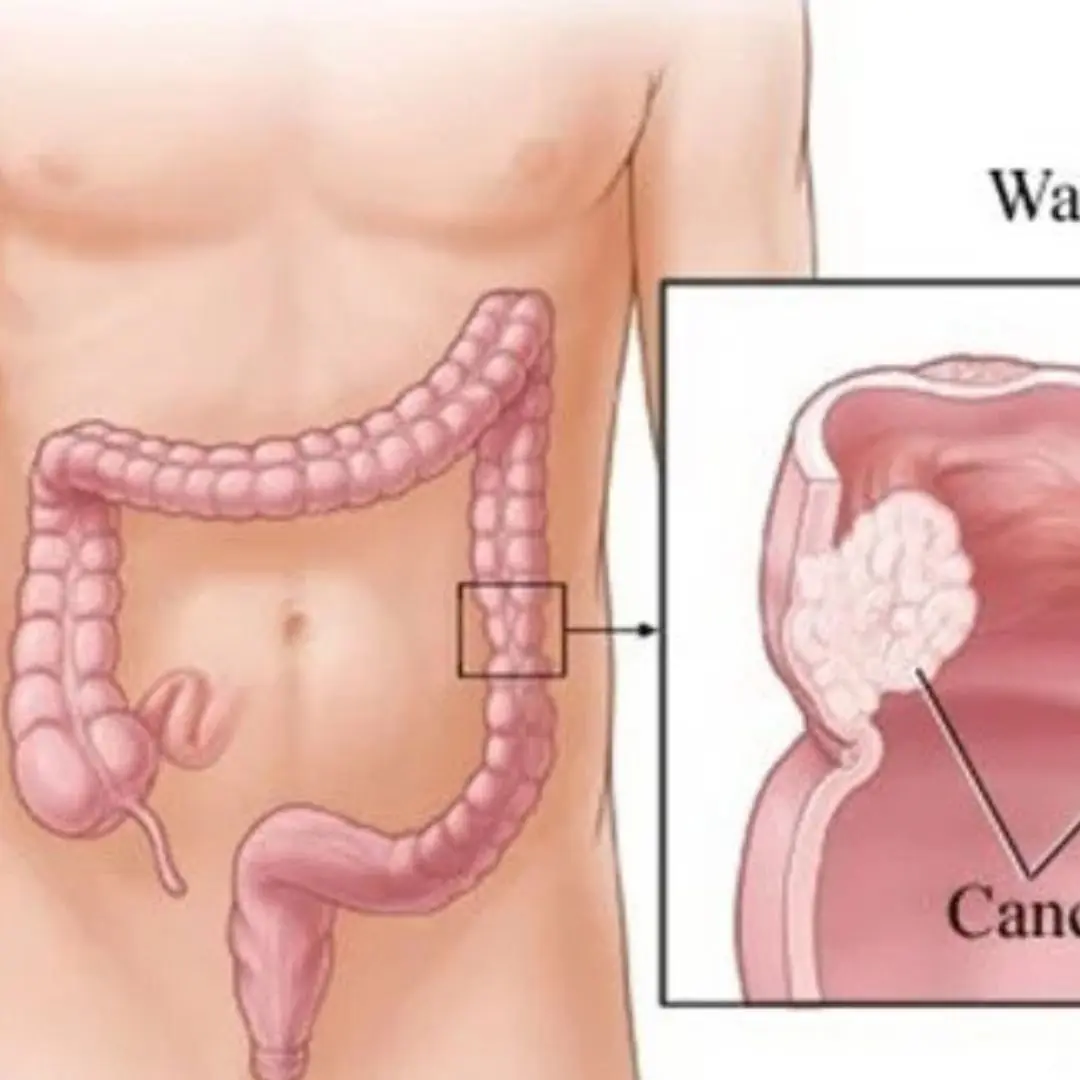
Ca.n.cer is painless at first, but if you notice these 8 signs while going to the bathroom, you should see a doctor immediately

5 Foods That Can Wreck Your Kidn.eys Without Mercy
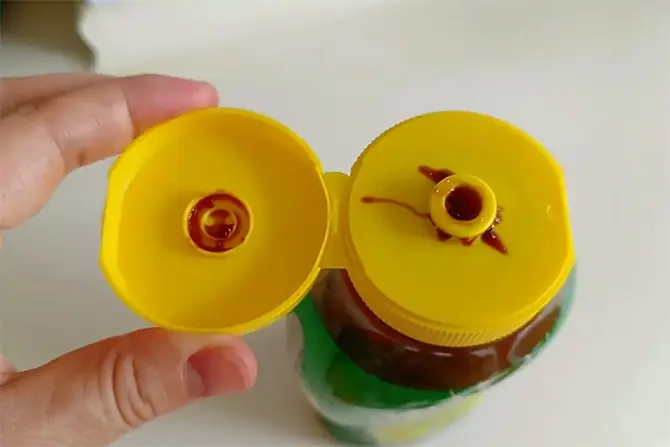
4 Foods With an Extremely Short Shelf Life After Opening – Don’t Trust the Expiry Date!
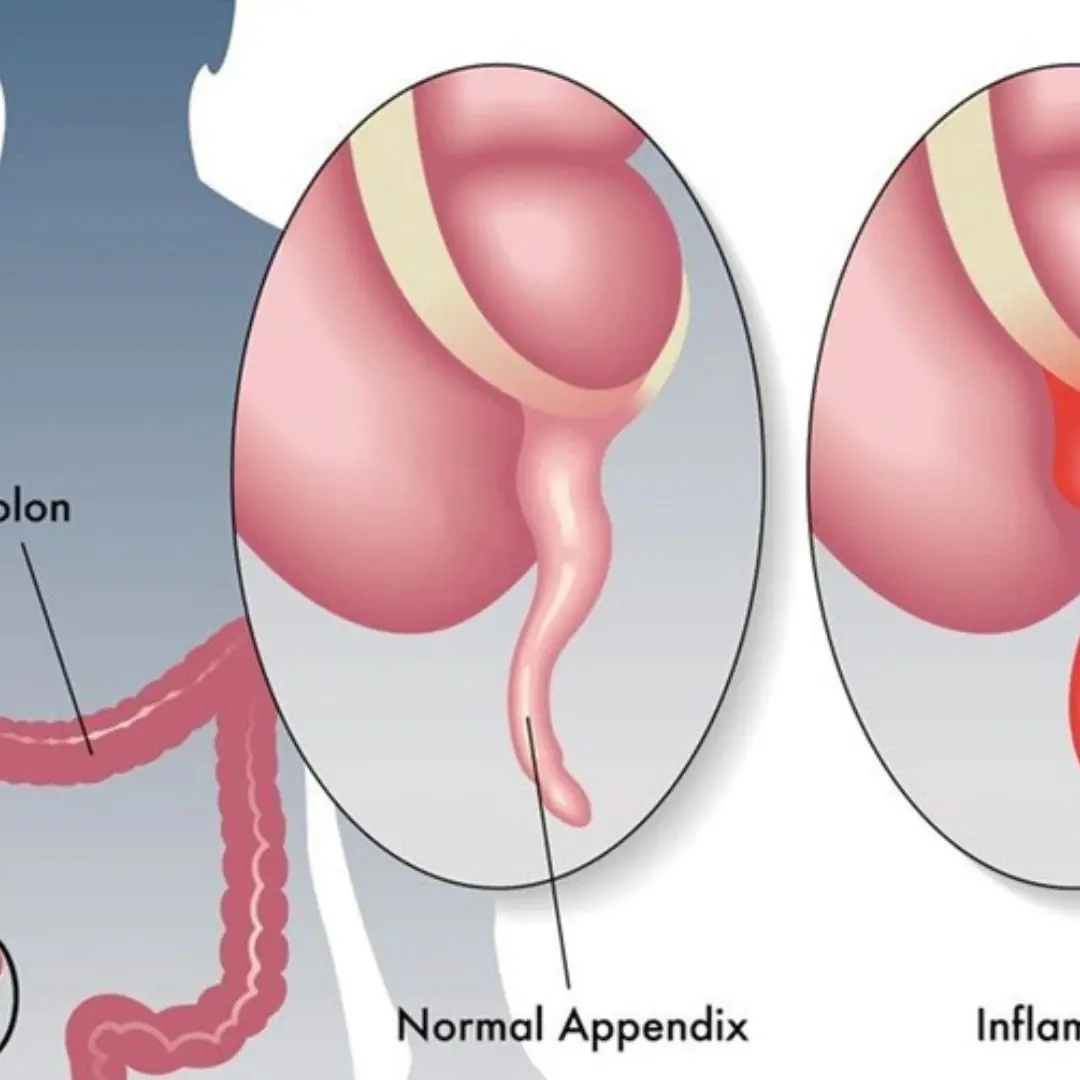
11 most common symptoms and signs as well as effective disease prevention measures

5 harmful effects of sitting cross-legged
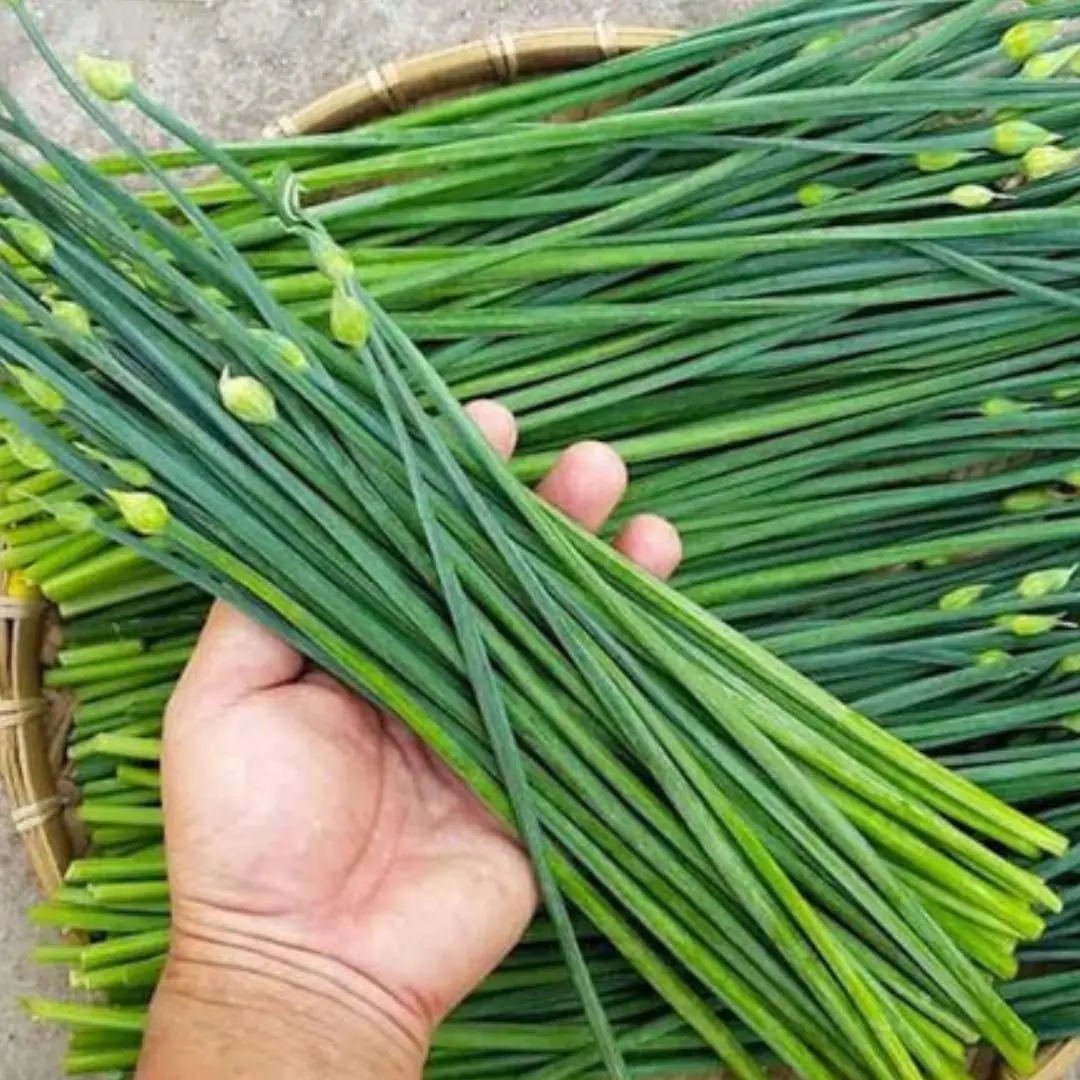
Chives: A familiar spice but contains 8 great health benefits
News Post

The Man with Blo.od ‘As Thick as Pork Fat’ Because of Something Many People Love

Visible Green Veins in 6 Areas Could Signal Hidden Diseases

Puffy eyes when waking up: 6 causes and remedies

Be careful with the phenomenon of waking up with blurred vision

6 Nighttime Drinks That Can Ruin Your Sleep — Especially the Third One, Which Most People Drink Before Bed Without Realizing Its Hidden Dangers

American Doctor Reveals the "3 Seeds, 2 Vegetables, 1 Meat" Best

Men and women who see these 3 signs in their urine need to see a doctor for kidney failure immediately

A Woman’s Kid.ney Turned to “Stone” and Had to Be Completely Removed
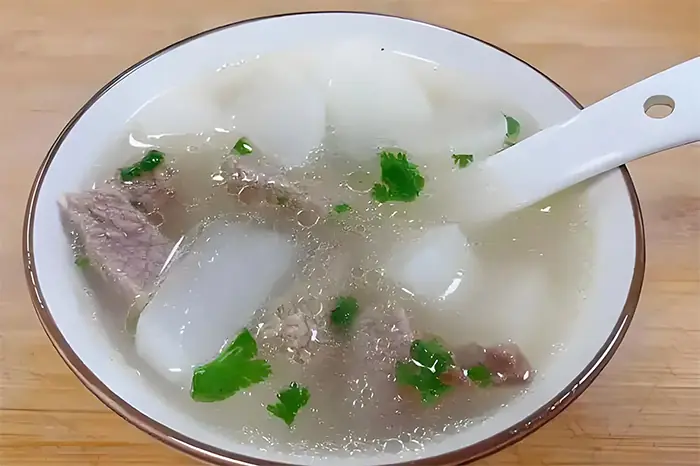
In Autumn, Eat These 3 Lu.ng-Nourishing Dishes Regularly to Prevent Cough and Thr.oat Irritation

3 benefits of old toothbrushes you must know

At 32, Already Suffering from Kid.ney and He.art Failure

The woman gave birth to 2 pairs of twins, although there are already four children in the family

7 Types of Foods That Don’t Spoil Easily

4 Finger Signs That May Signal Li.ver and Lu.ng Can.cer

Japan Reveals the Top 5 Foods to Eat Every Day

Keep the Bathroom Door Open or Closed When Not in Use?
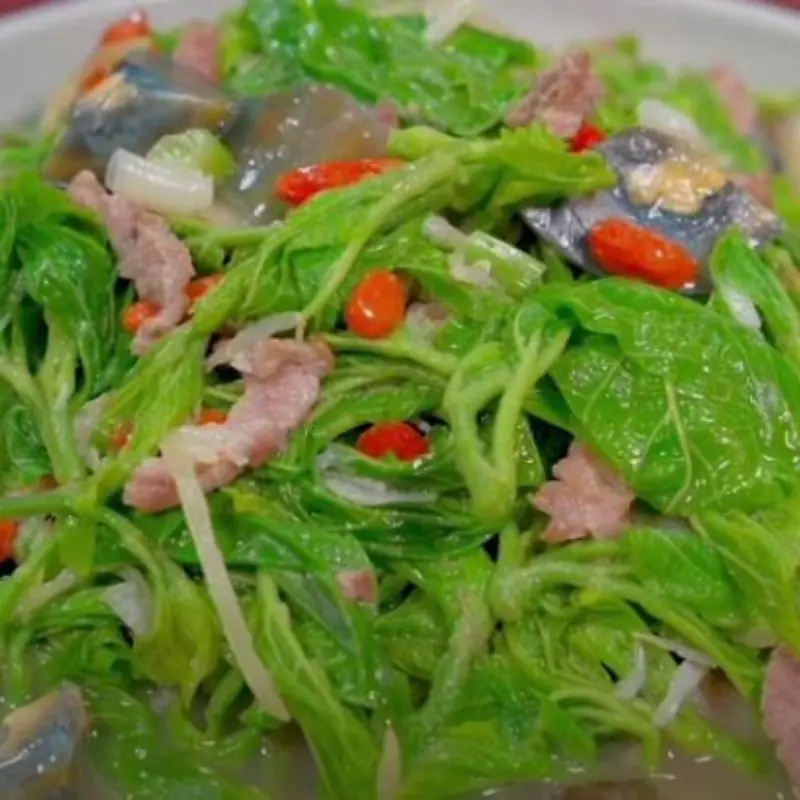
he Leaves of This Plant Are as Precious as the “Ginseng of the Poor,”

Japan Announces 5 Foods to Eat Daily


